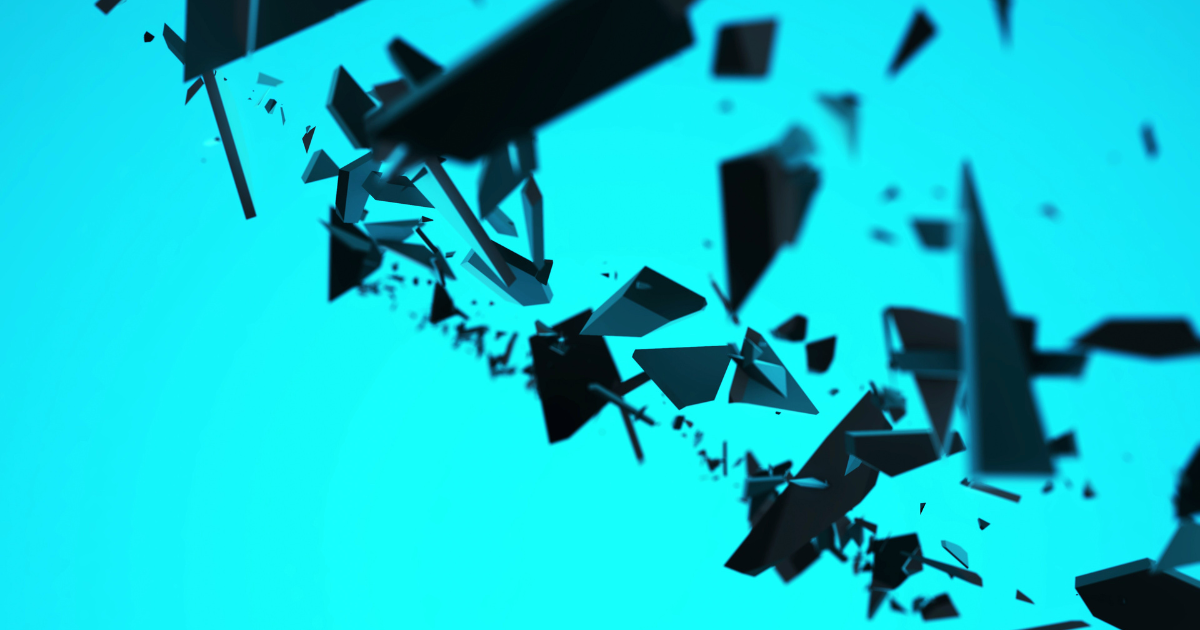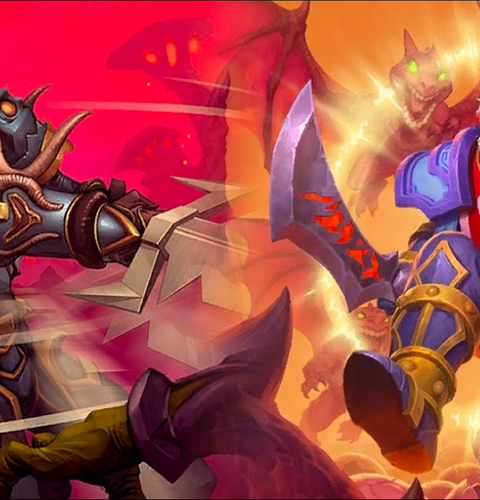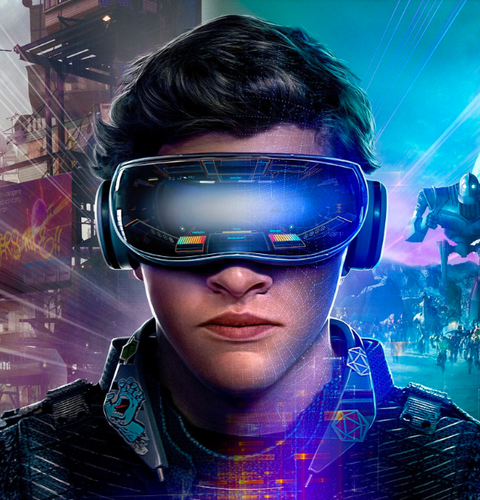The world of visual effects (VFX) is dynamic and ever-evolving, with new software and tools constantly emerging. However, some tools have proven themselves to be indispensable for anyone aspiring to succeed in the field. This blog will provide an overview of some of the best tools that you should know and learn as a VFX artist.
Autodesk Maya:
Autodesk Maya is widely regarded as the industry standard for 3D modeling, simulation, and animation. Its comprehensive suite of tools is used in every aspect of the VFX pipeline. From modeling and rigging to animation and rendering, mastering Maya can be an invaluable asset for any VFX artist.
Houdini:
Particularly renowned for its procedural, node-based workflow, Houdini is a powerful tool in the realm of VFX. It enables artists to create complex simulations like water, fire, smoke, and destruction effects. If you're aiming to specialize in dynamic simulations or want to delve deeper into proceduralism, Houdini is a must-learn.
FumeFX:
FumeFX is a highly versatile fluid dynamics engine designed to simulate and render realistic fire, smoke, explosion, and other gaseous phenomena. Its flexibility and robustness have made it a go-to solution in the VFX industry, with its integration into 3D platforms like Autodesk 3ds Max and Maya.
Adobe After Effects:
Adobe After Effects is a leading digital visual effects, motion graphics, and compositing application. It's predominantly used in the post-production process of filmmaking, video games, and television production. Its versatile toolkit allows for a wide range of effects from simple color correction to complex particle effects.
Nuke:
Nuke, from Foundry, is one of the most robust compositing tools in the industry. Its node-based approach allows for sophisticated effects and fine-tuning. Nuke's powerful features make it ideal for creating seamless composites and handling complex 3D scenes.
Substance Painter & Designer:
Substance Painter and Substance Designer are the industry standards for texturing. Substance Painter is renowned for its ability to create 3D paintings quickly, while Substance Designer excels at creating complex, procedural textures.
ZBrush:
ZBrush, developed by Pixologic, is a digital sculpting tool that combines 3D/2.5D modeling, texturing, and painting. It's perfect for creating high-resolution models for use in movies, games, and animations.
Blender:
Blender is a free and open-source 3D creation suite that supports the entirety of the 3D pipeline. From modeling, rigging, animation, simulation, rendering, to compositing, and motion tracking. Blender also has a built-in powerful unbiased path-tracer engine (Cycles) for realistic rendering, making it a versatile tool to have in your VFX arsenal.
Conclusion:
With a plethora of tools available, the journey to becoming a successful VFX artist might seem daunting. However, learning these key tools will undoubtedly lay a strong foundation for your career in the VFX industry. Remember that each tool has its strengths and weaknesses, so understanding which tool is best suited for a particular task is crucial in mastering the art of VFX.










